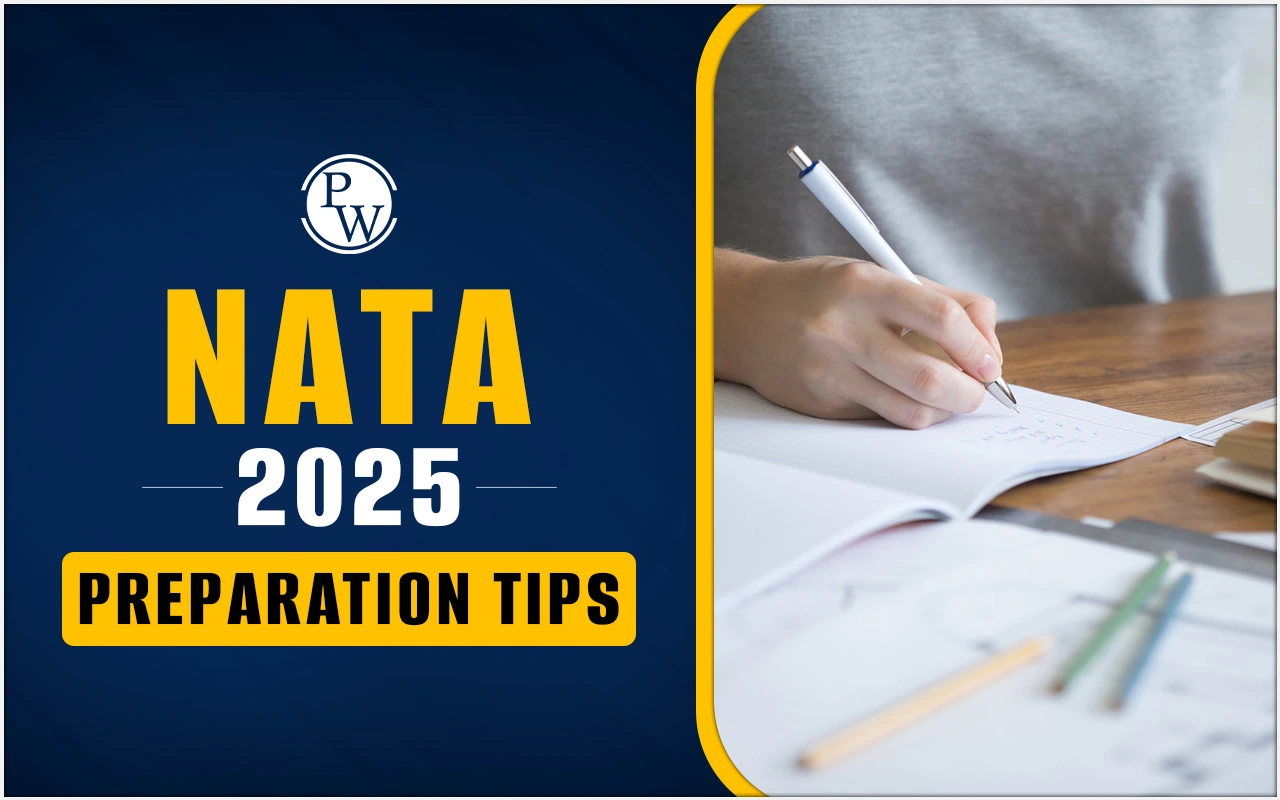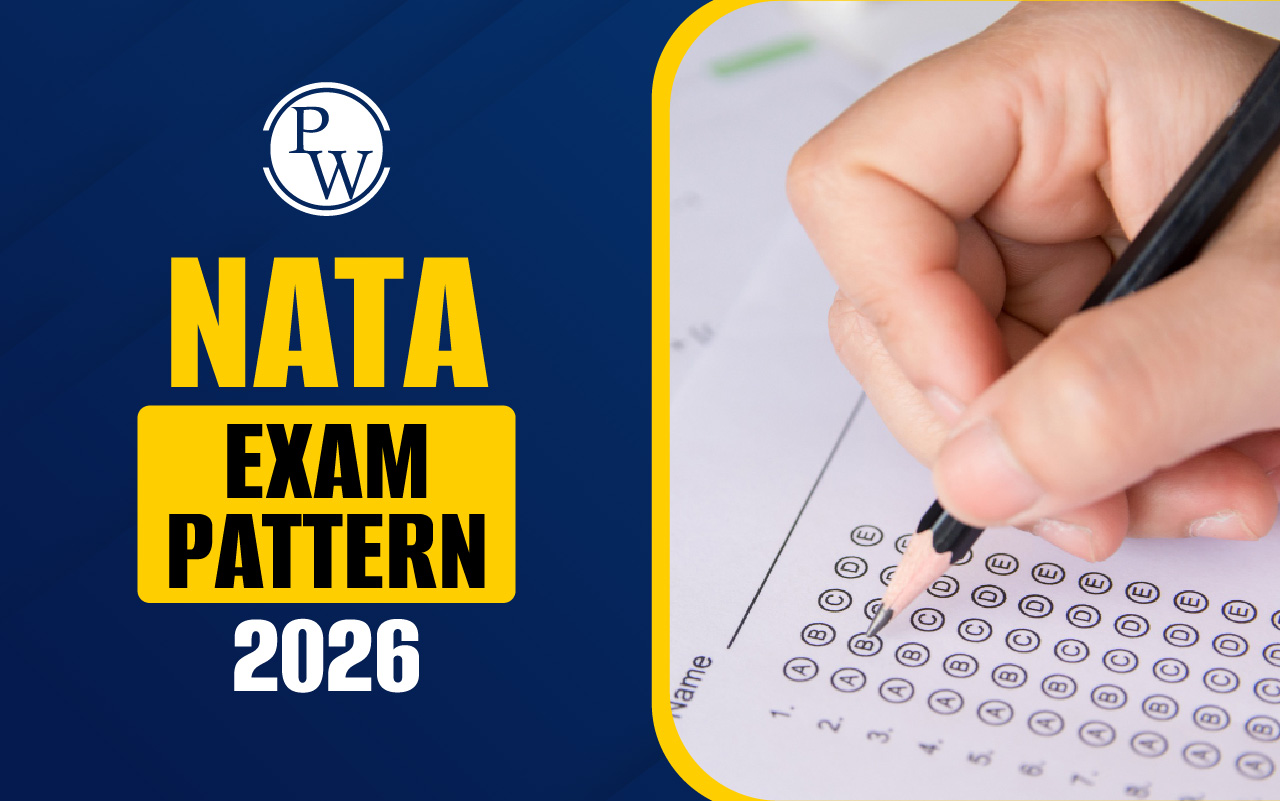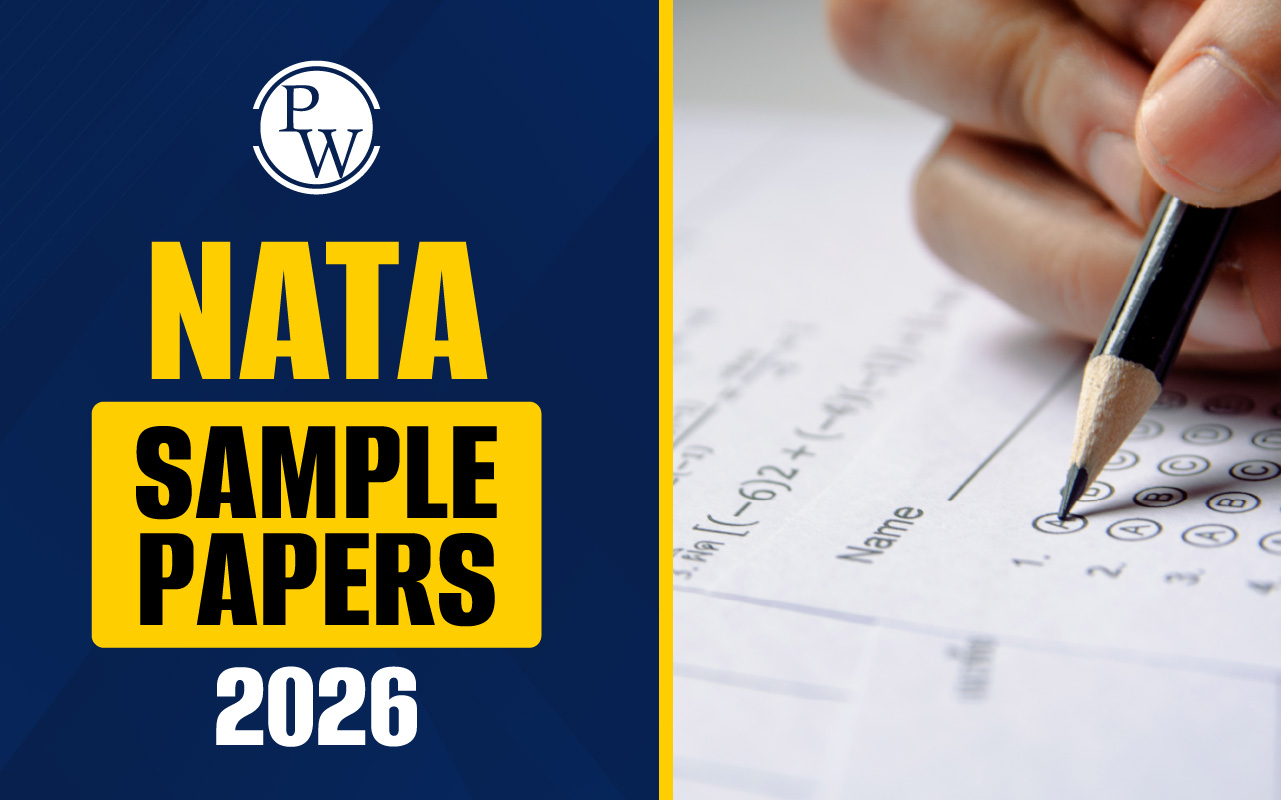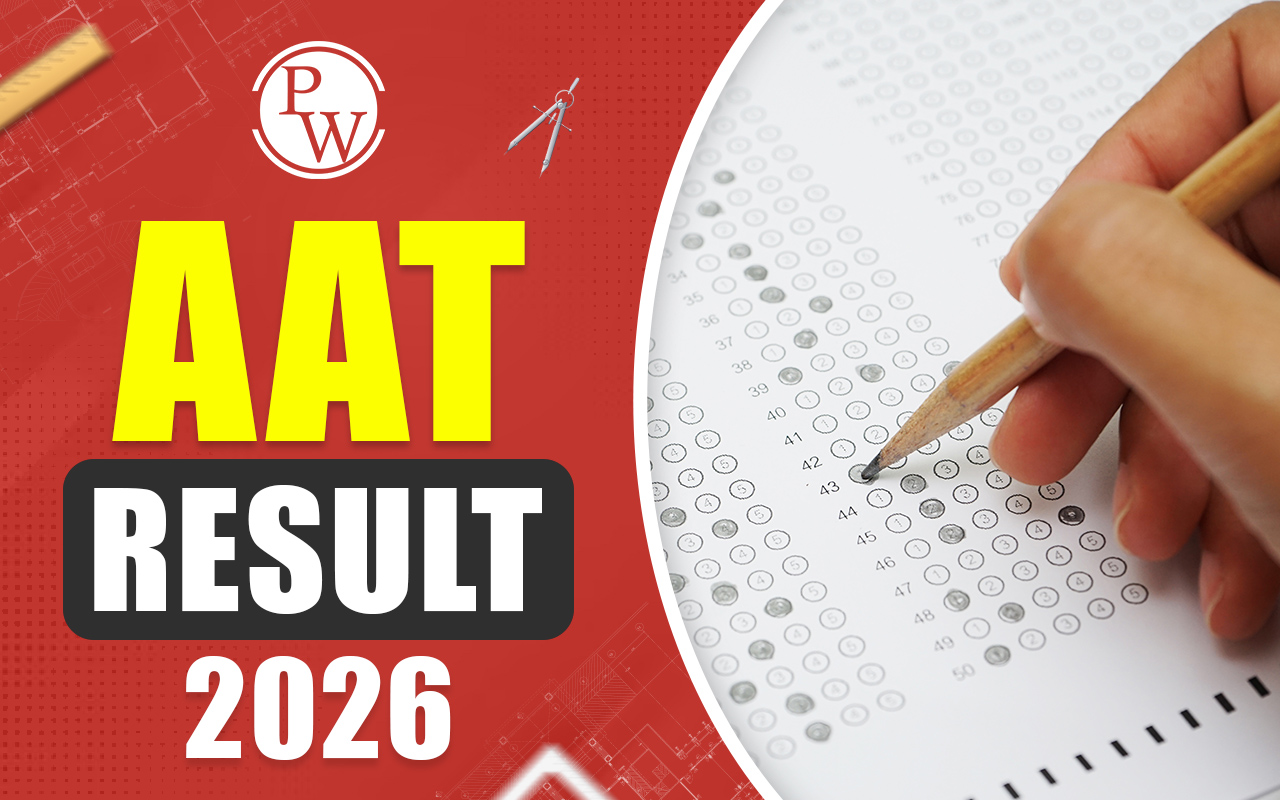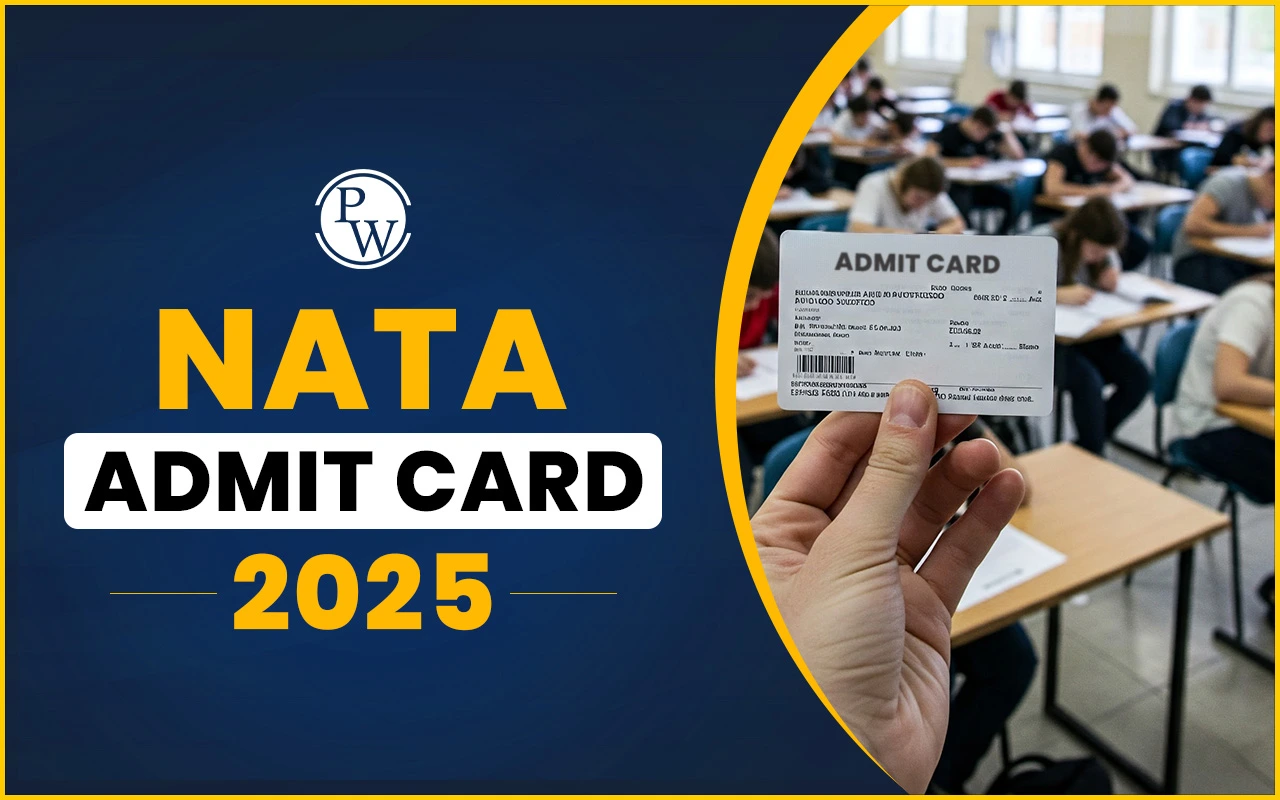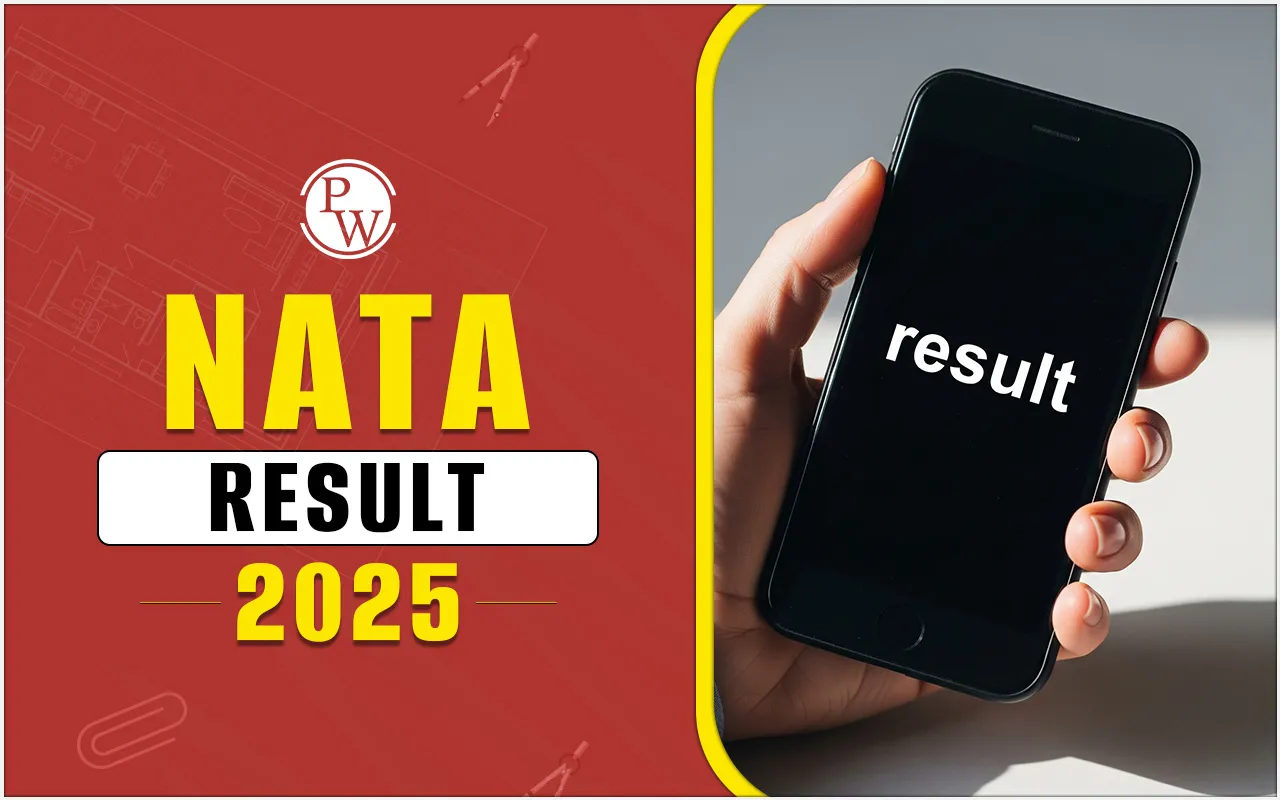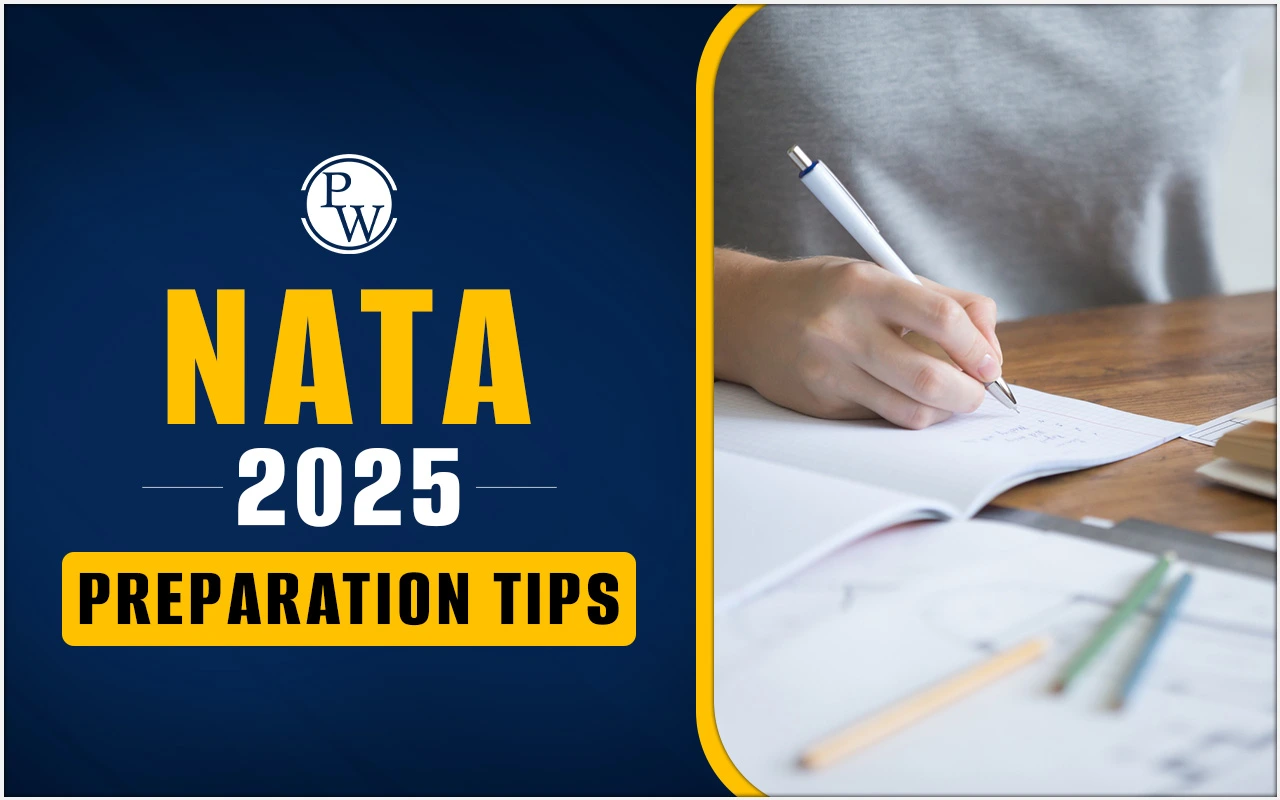
NATA 2025 Preparation Tips: Preparing for NATA 2025 requires a well-structured strategy and a clear understanding of the NATA exam pattern and syllabus. The exam is conducted for admission to BArch courses at various participating colleges. Since most of the Architecture colleges in India accept NATA scorecards for admission, the competition becomes quite intense.
Candidates must be well aware of the types of questions asked, marking scheme, and weightage of drawing and MCQ questions for effective preparation. NATA 2025 preparation tips will give guidelines and pointers to consider while preparing for the exam.
Types of Questions Asked in NATA 2025
The NATA 2025 exam includes a mix of question types such as Multiple-Choice Questions, Multiple Select Questions, Preferential Choice Questions, and Numerical Answer Type Questions (NAQs). These are designed to evaluate the candidates’ both creative drawing skills and aptitude abilities necessary for admission to BArch courses and further in the architecture profession. The types of questions asked in NATA 2025 are as follows.
1. Part A (Drawing and Composition Questions)
- Color Test & Composition: These types of questions require candidates to apply appropriate color palettes for various situations. This involves arranging shapes in a visually appealing manner and colouring them
- Sketching and Composition (Black & White): Candidates have to draw and visualize scenarios involving buildings, people, environments, or products, demonstrating understanding of scale, proportions, textures, and shading.
- 3D Composition: In this you have to construct interesting 3D compositions for the given situation using provided shapes or kits, focusing on perspective and spatial understanding.
2. Part B (Multiple-Choice Questions)
- Visual Reasoning: Questions are framed to test your ability to understand and reconstruct 2D and 3D compositions and technical concepts.
- Logical Derivation & Reasoning: Candidates are evaluated on their skills in decoding situations, analyzing patterns, sequences, and relationships between shapes and imagery.
- Numerical Reasoning: Basic mathematics and problem-solving abilities are evaluated.
- Verbal Reasoning & Language Interpretation: These questions check your ability to comprehend and logically interpret English language passages and sentences.
- General Knowledge (Architecture & Design): Questions on architectural awareness, important buildings, history, innovations in materials, and current affairs related to design.
- Design Sensitivity & Thinking: Assess your observation, analytical skills, critical thinking, and ability to identify subtle communications and analyze given situations.
NATA 2025 Preparation Tips
Some of the preparation tips for NATA 2025 are as follows.
- Focused Preparation: Ideally to cover the entire NATA syllabus, candidates need at least 20-25 days of focused preparation. Candidates can study for approximately 7-8 hours to cover all topics asked in the exam.
- Refer to Study Materials: Use recommended books and reliable online resources for all subjects, especially for mathematics, reasoning, and drawing.
- Practice Drawing Regularly: Practice three main types of questions: 2D composition, 3D composition, and 3D modeling. For 2D composition, practice mural, signage, logo, and backdrop designs. For 3D, focus on perspective techniques and basic forms (cuboid, pyramid, sphere) to create compositions.
- Focus on Aptitude & Reasoning Sections: Practice aptitude question and reasoning questions based on architecture and design including visual reasoning, logical and numerical reasoning, and general knowledge.
- Solve Previous Years’ Papers & Mock Tests: Attempt mock tests and previous years’ question papers to get familiar with the exam format, manage time better, and identify areas needing improvement. Analyze your mistakes and try not repeating them in the exam.
- Improve your Observation & Visualization Skills: Notice design patterns, spatial arrangements, and visual details in your day-to-day life. Try solving visual puzzles and optical illusions.
How to Prepare for the NATA Exam 2025 in One Month?
Since the NATA exam 2025 will continue till 28th June 2025, candidates have ample amount of time to cover the syllabus and prepare effectively. Some NATA 2025 preparation tips are given below to cover the syllabus in one month.
- Create a Study Plan: Plan your timetable giving every subject enough time. Spirit your daily schedule into sections, i.e., Drawing & Visual Reasoning, Logical Reasoning, General Aptitude, and Architectural Awareness. Try spending 1-2 hours on each section.
- Focus on Learning Drawing Concepts: Learn how to use scales to draw 2D and 3D drawing. Focus on proportion, rendering textures, 2D and 3D compositions, and visualization exercises. Practice freehand drawing daily.
- Revise Key Formulas & Concepts: Focus on core topics like algebra, trigonometry, coordinate geometry, calculus, and statistics. Revise formulas and solve practice problems from each topic to strengthen your basics and improve accuracy.
- Practice Application-Based Questions in Mathematics: Attempt application-oriented questions, especially those involving area, volume, profit and loss, and probability.
- Strengthen General Knowledge and Architecture Awareness: Stay updated on famous architects, iconic buildings (Indian and international), and recent developments in architecture and design. Make concise notes on these topics to revise for last-minute revision.
- Enhance Reasoning & Visualization Skills: Practice visual reasoning, analytical reasoning, and mental ability questions. Practice interpreting pictorial compositions and visualizing 3D objects from 2D drawings.
- Use Flashcards for Quick Revision: Prepare flashcards for architectural terms, famous architects, building materials, and design principles. Review them daily to retain key facts.
Important Topics for NATA 2025
Some of the important topics for NATA 2025 preparation are listed below. Candidates can include these topics in their preparation schedule.
1. Mathematics
- Algebra: Equations, inequalities, sequences, and series
- Numerical Problems: Basic arithmetic, ratios, proportions, and data interpretation
2. General Aptitude
- Analytical Reasoning: Logical puzzles, pattern recognition, and deduction
- Mental Ability: Series, analogies, and classification
- Objects Interpretation: Understanding and interpreting pictorial compositions
- Textures Related to Architecture: Identification and application of textures in design
- Current Affairs and General Knowledge (Architecture & Design): Awareness of important buildings, architects, innovations, and recent developments
3. Drawing & Composition
- Aesthetics, Harmony, and Contrast: Principles of design, balance, and visual harmony
- Rotation & Geometric Composition: Creating and manipulating shapes, 2D and 3D compositions
- Shape Creation: Conceptualizing and visualizing new forms
- 2D and 3D Compositions: Drawing and arranging shapes in space, understanding perspective
- Conceptualisation and Visualisation: Depicting scenarios, buildings, and environments with proper scale, proportion, and shading
4. Other Important Areas
- Language Interpretation: English comprehension, grammar, and logical meaning generation
- Elements and Principles of Design: Understanding design fundamentals, such as balance, rhythm, emphasis, and unity
- Diagrammatic and Visual Reasoning: Interpreting and analyzing diagrams, patterns, and spatial layouts
NATA 2025 Preparation Books
Some of the preparation books for NATA 2025 are listed below.
NATA 2025 Preparation Tips FAQs
What are the most important preparation tips for NATA 2025?
The important preparation tips for NATA include understanding the latest exam pattern and syllabus, making concise notes, regular revision, practicing mock tests, and maintaining a healthy study schedule.
How important is it to check the NATA 2025 exam pattern before starting preparation?
It is crucial to review the official exam pattern, as it helps you understand the structure, duration, type of questions, and marking scheme, enabling focused and efficient preparation.
Should I create notes while preparing for NATA 2025?
Yes, making short notes on concepts and formulas aids in quick revision and helps reinforce difficult topics, especially in the final days before the exam.
How can I improve my general awareness in architecture?
What kind of drawing questions are asked in NATA?

